
In early 1907, Paula Moderzo-Becker again went to Paris, where she continued to work intensively, improving her style and technique of painting. She often visited the Louvre and during this period her close attention was attracted by portraits of late antiquity. They had a significant impact on her work of that period.
The transfer of color in her portraits has become more expressive and more expressive. An example of this is the world famous portrait of Rilke. Also, Paula Moderzon-Becker drew inspiration from the artistic language of ancient Roman and ancient gothic art.
“Self Portrait with Camellias” written in 1907. Paula holds a branch of the camellia in this serene self-portrait, as a symbol of the eternal cycle of flowering and withering, life and death. Gentle expression and enlarged eyes demonstrate her interest in the ancient Fayum portraits that she saw in the Louvre.
The tall, narrow format of the picture, the frontal image, the center of the composition – excessively large eyes unwittingly cause an association with the unique Fayessian portrait painting. The branch of the camellia, which she held in her hand, is barely graphically marked; more important is the symbol of this evergreen plant. And a premonition of his own early death. On July 26, 1900, she noted in her diary: “I know that I will not live very long. But is it sad? The festival is better because it is longer? And my life is a holiday, a short, intense festival.”
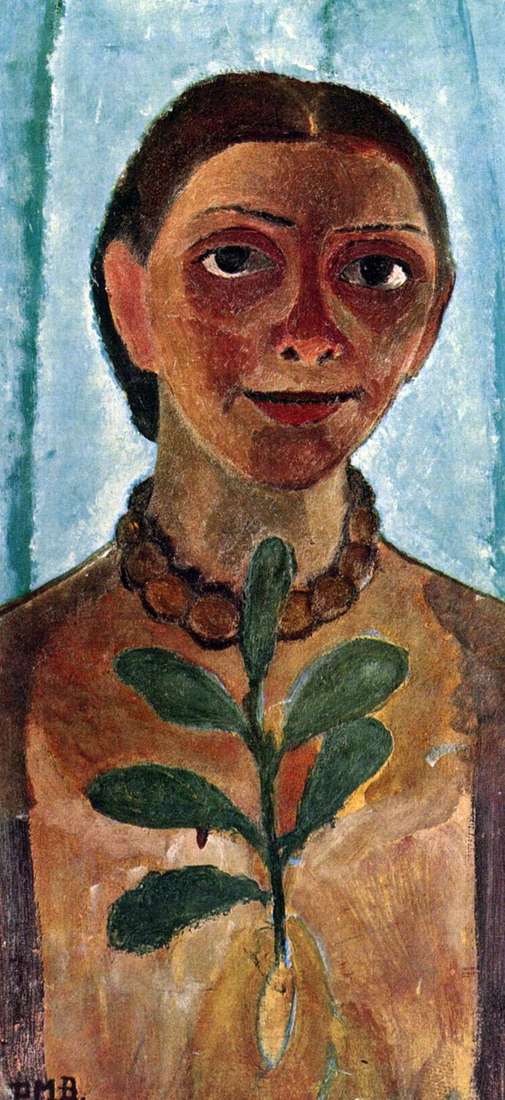 Autorretrato con camelia Paula Moderzon-Becker
Autorretrato con camelia Paula Moderzon-Becker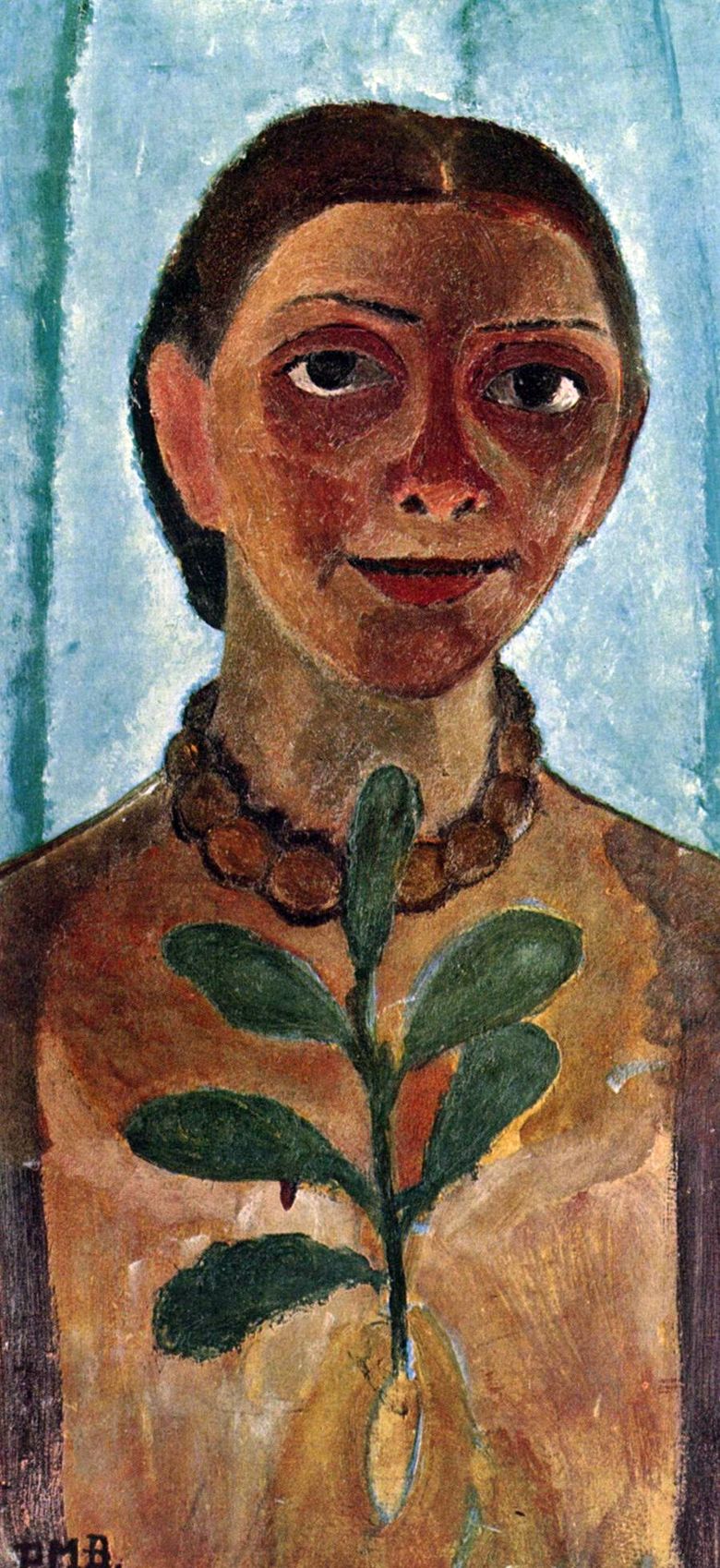 Autoportrait au camélia – Paula Moderson-Becker
Autoportrait au camélia – Paula Moderson-Becker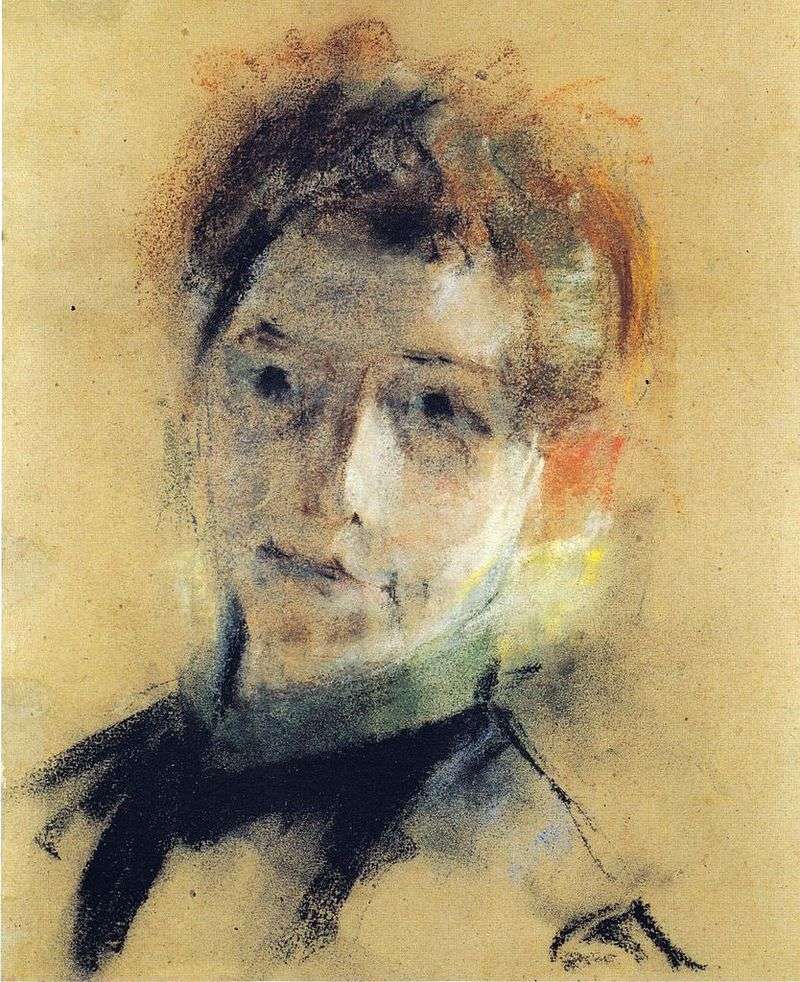 Self-portrait 1897 by Paula Modersohn-Becker
Self-portrait 1897 by Paula Modersohn-Becker Still Life with Goldfish by Paula Moderzon-Becker
Still Life with Goldfish by Paula Moderzon-Becker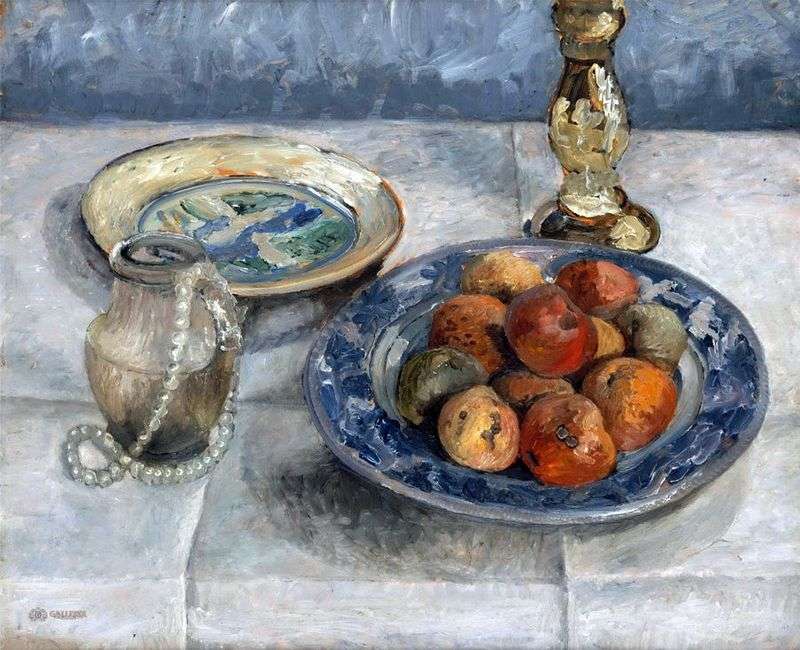 Still Life with Apples by Paula Moderzon-Becker
Still Life with Apples by Paula Moderzon-Becker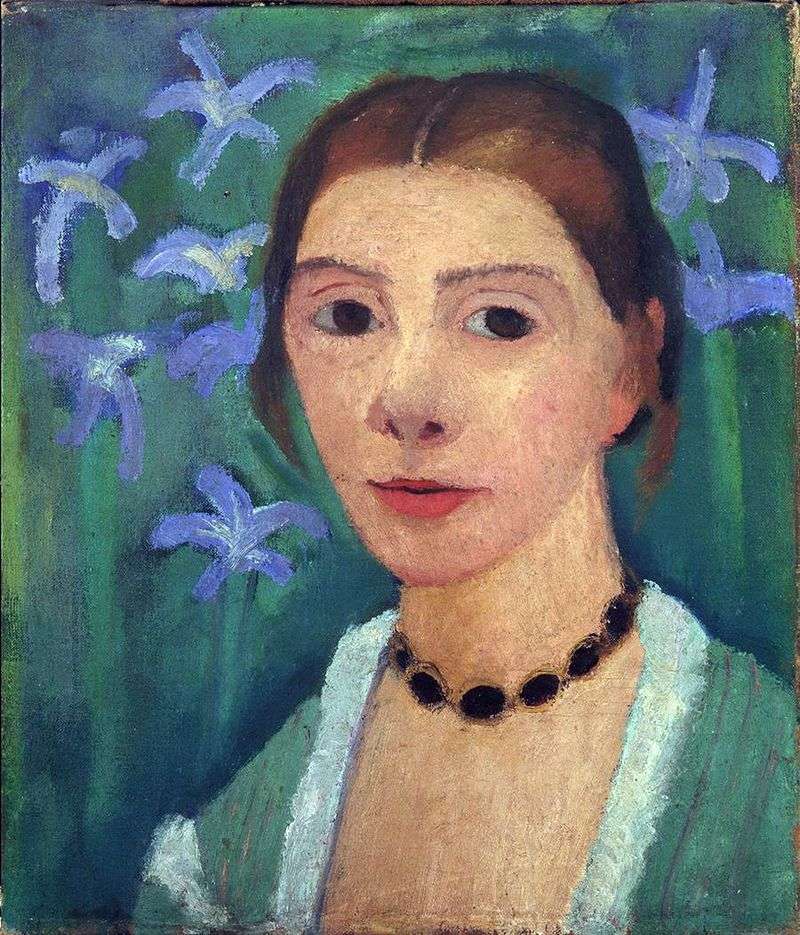 Self Portrait with Irises by Paula Modersohn-Becker
Self Portrait with Irises by Paula Modersohn-Becker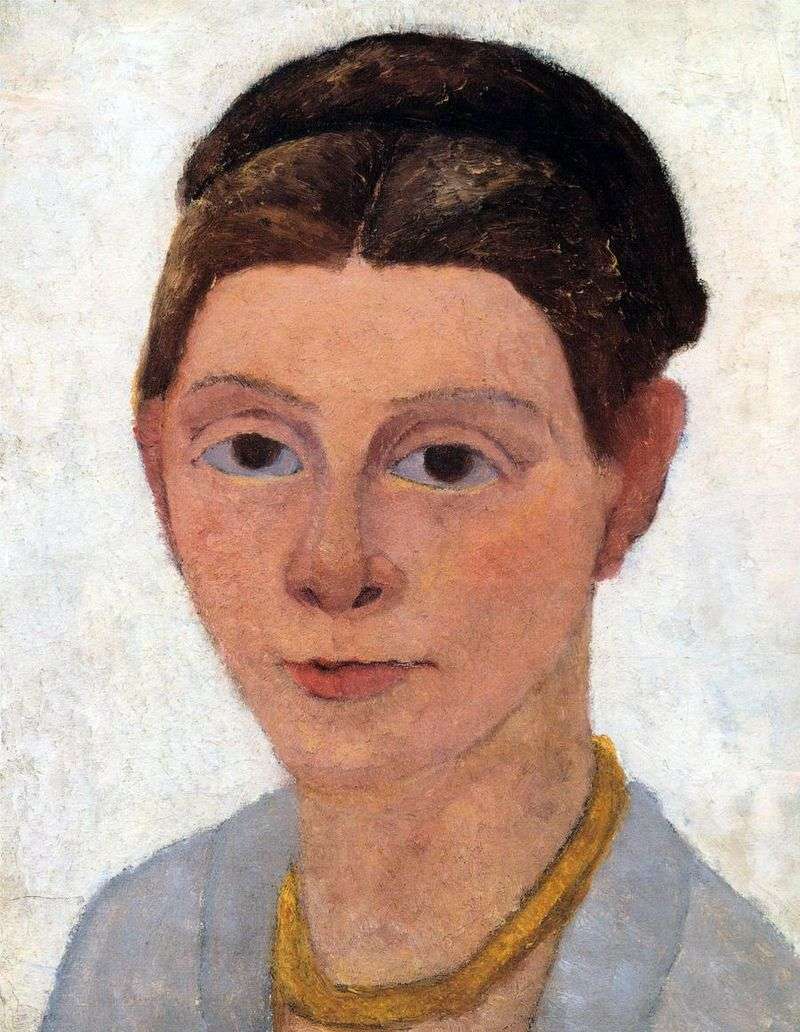 Self-portrait with amber necklace by Paula Modersohn-Becker
Self-portrait with amber necklace by Paula Modersohn-Becker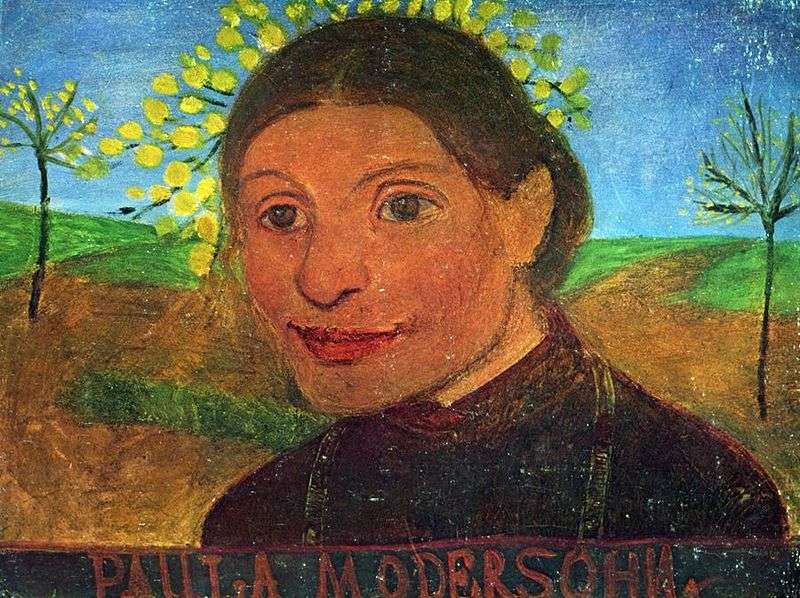 Self-Portrait Against Flowering Trees by Paula Modersohn-Becker
Self-Portrait Against Flowering Trees by Paula Modersohn-Becker